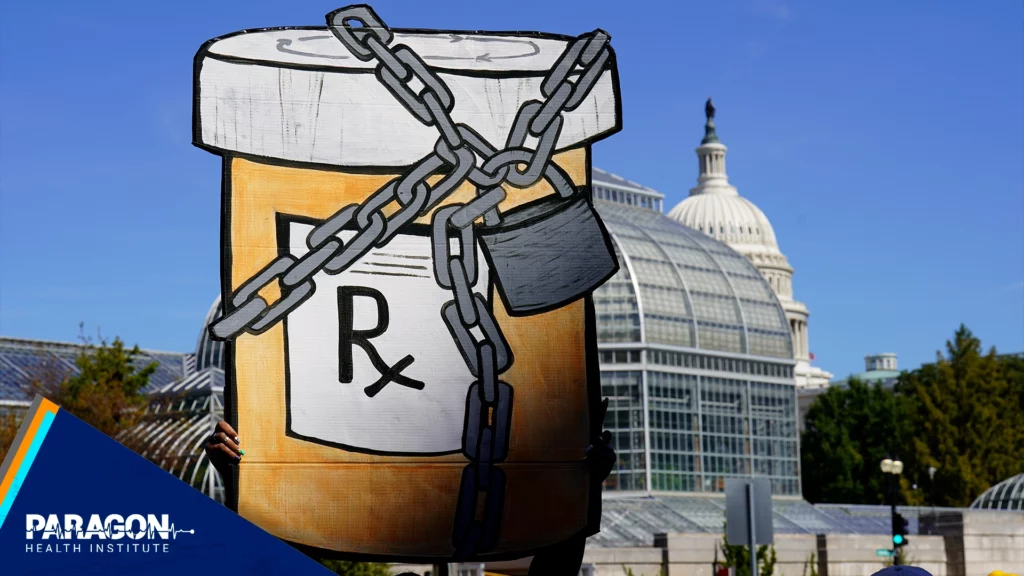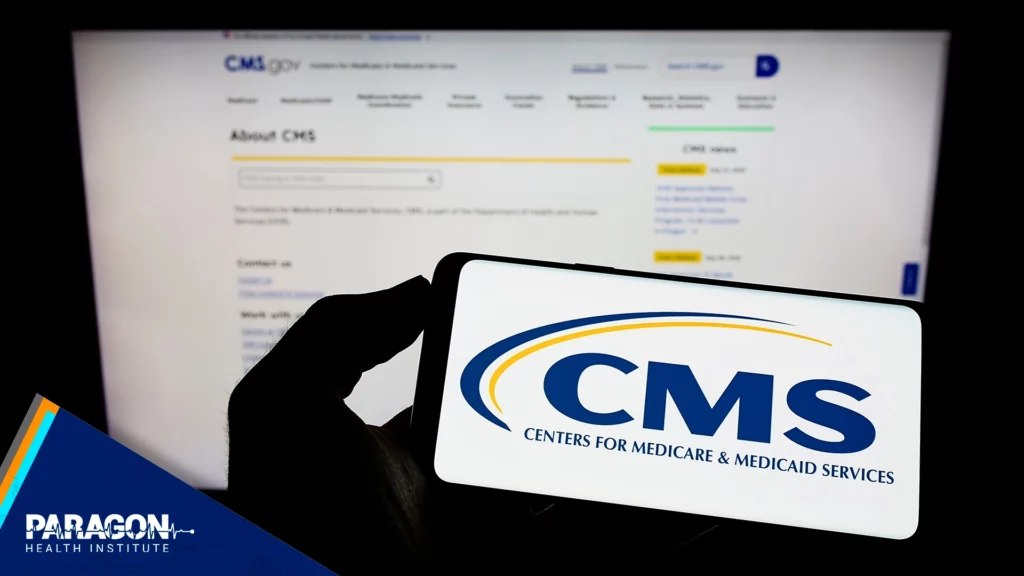Medicare Part D is the prescription drug benefit within the Medicare program. This program was added to Medicare by the Medicare Prescription Drug, Improvement, and Modernization Act of 2003 (MMA) and became available for use by Medicare beneficiaries in 2006. Prior to the MMA, the Medicare program generally did not cover self-administered prescription drugs.
The list of drugs covered under a Part D plan, known as a formulary, must include at least two chemically distinct drugs in each therapeutic class. There are several drug classes excluded from Part D coverage. The excluded classes include medications for fertility, erectile dysfunction, anorexia, and hair growth. Over-the-counter drugs are also not required to be covered by a Medicare Part D plan. There are, in contrast a few therapeutic classes (the protected classes) where all the drugs within the class must be covered. Among these are anticonvulsive medications, antipsychotics, and antidepressants.
Medicare Part D benefits can be delivered through a stand-alone prescription drug plan (PDP) or a Medicare Advantage plan. People who use Original Medicare (i.e. Parts A and B) must purchase a separate stand-alone drug plan for their drug insurance benefits. Medicare Supplement plans do not offer Part D benefits but may be used alongside a stand-alone Part D prescription drug plan.


